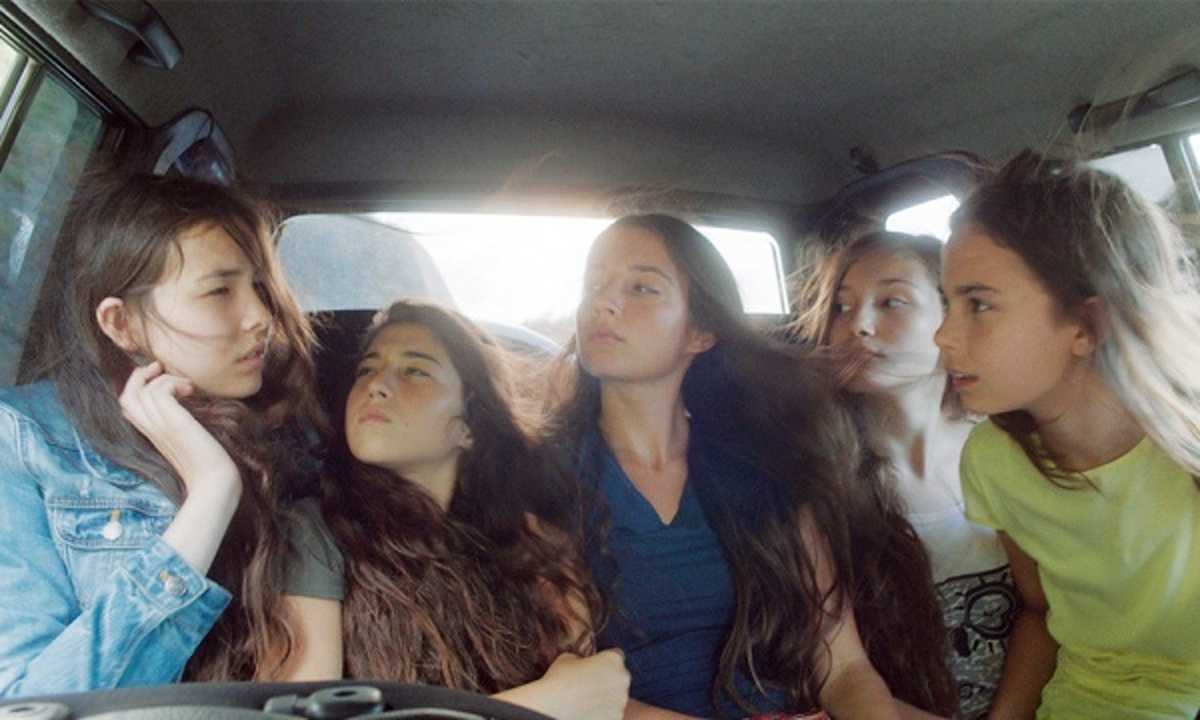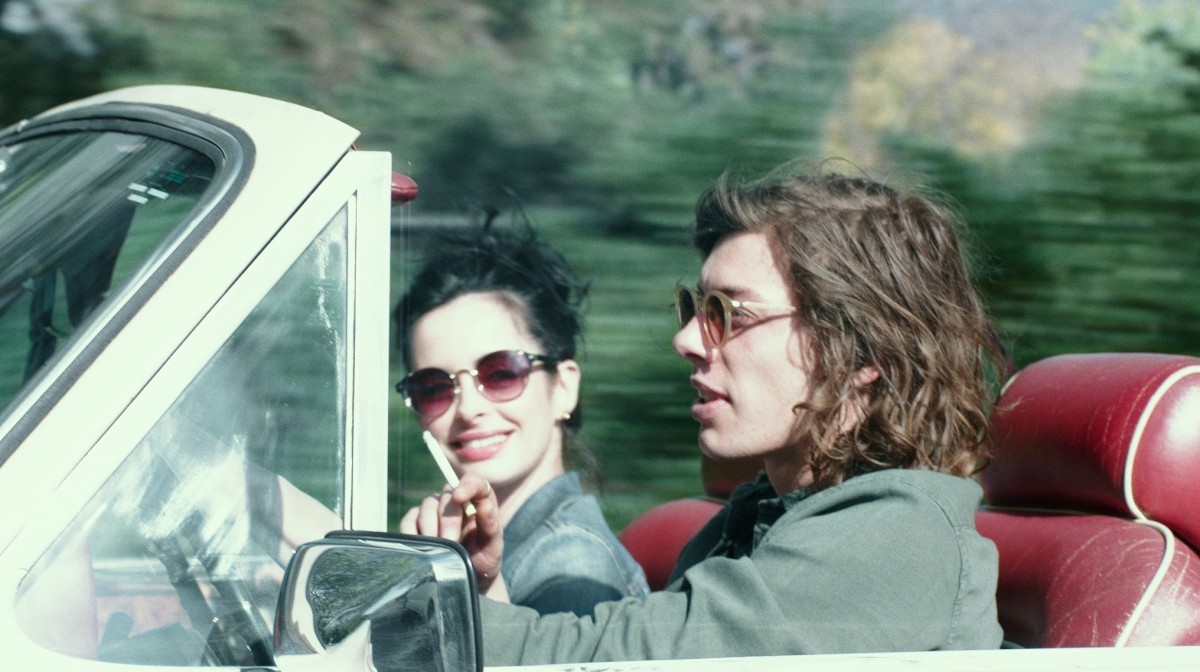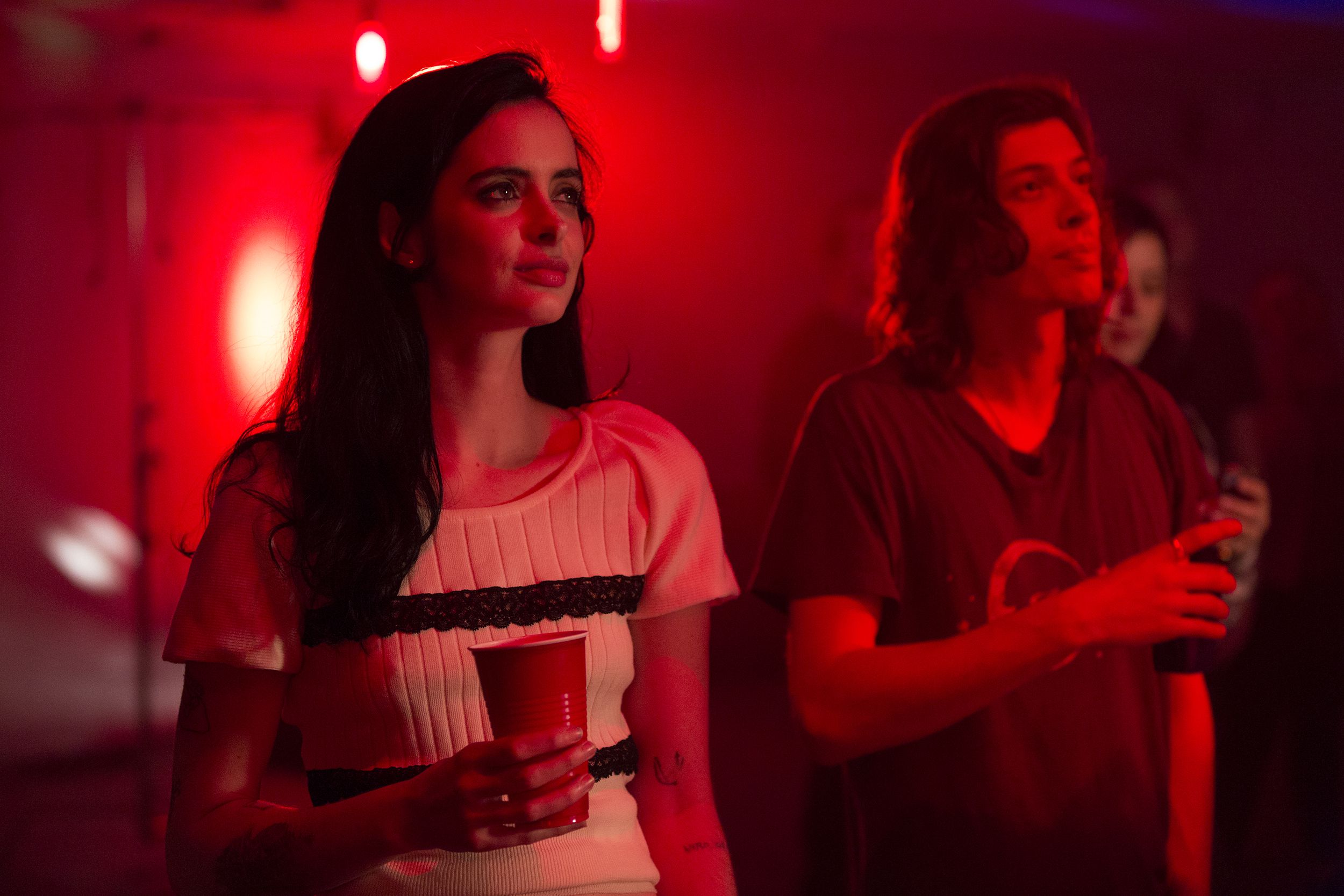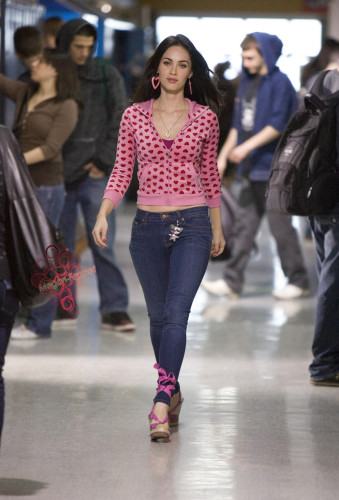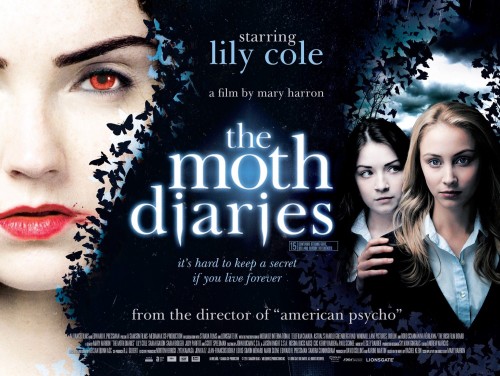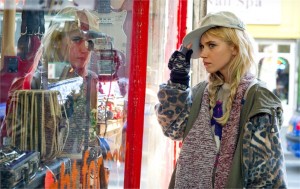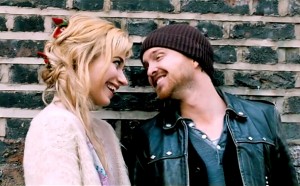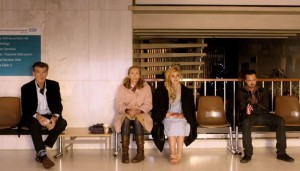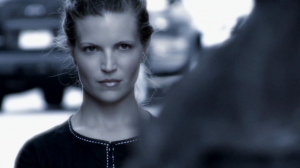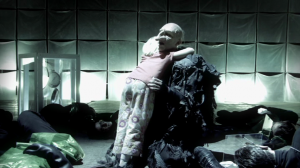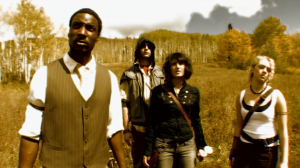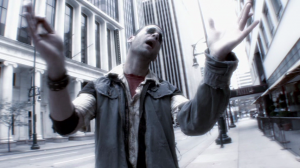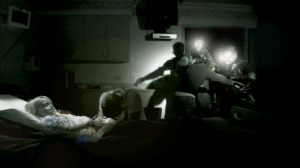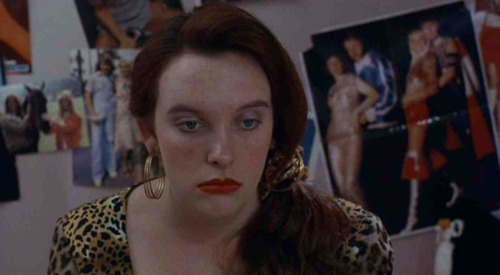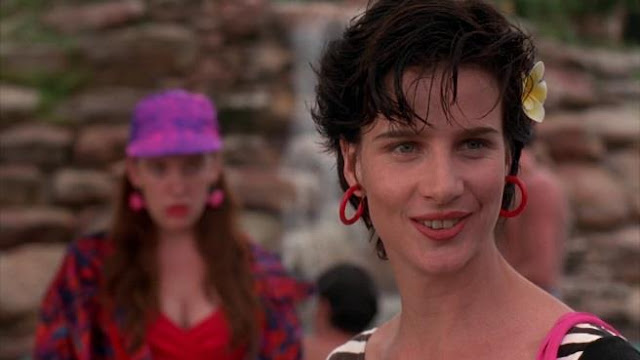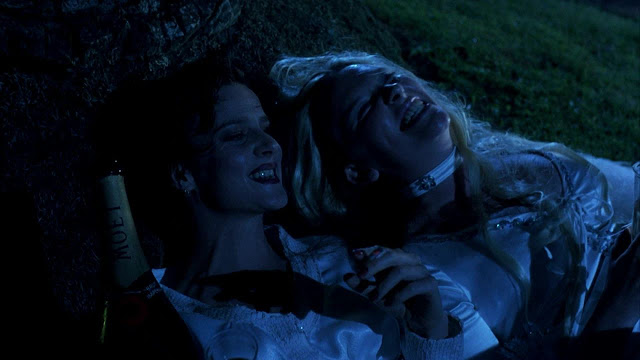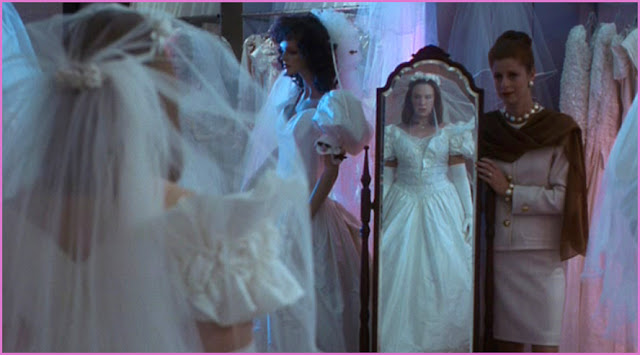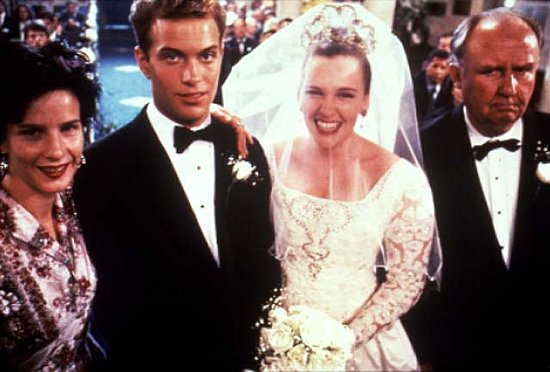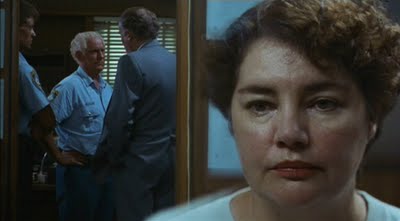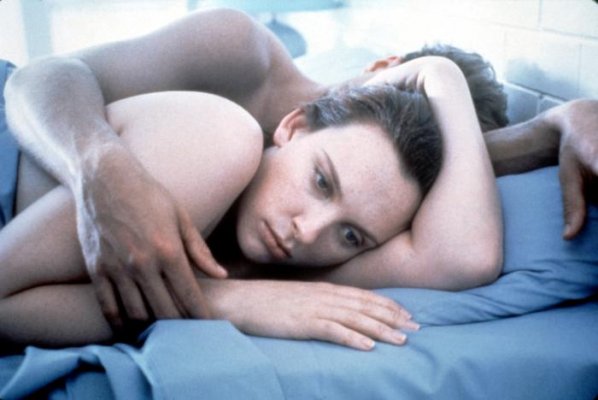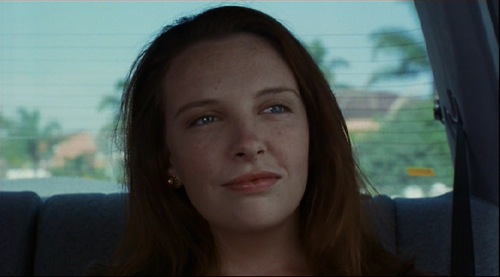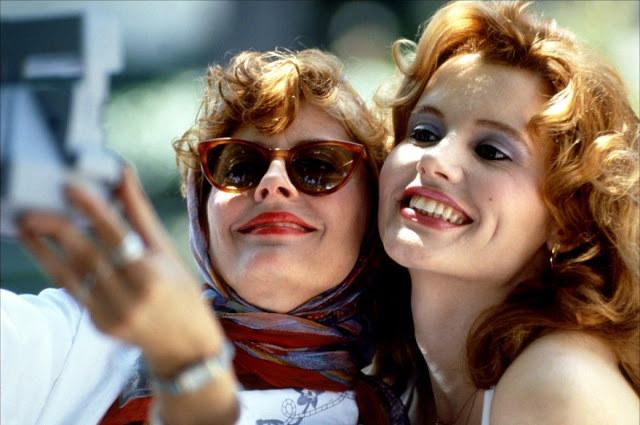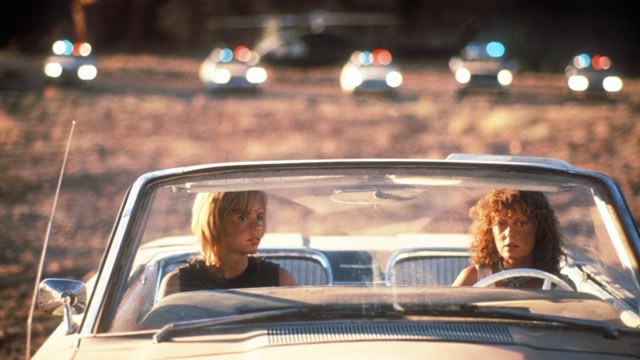This guest post written by Lee Jutton appears as part of our theme week on Sisterhood. | Spoilers ahead.
[Trigger warning: discussion of suicide]
Anyone who has ever been a teenage girl knows that the bridge between girlhood and womanhood is a rough passage, rife with drama. Two films that examine this deeply personal struggle are The Virgin Suicides, released in 1999, and Mustang, released in 2015. Both are critically acclaimed dramas directed by women documenting the coming-of-age of five teenage sisters under close scrutiny for their behavior — especially when it comes to their sexuality. And in both films, the girls’ response to this repression is to resort to desperate measures to regain control, resulting in tragedy that could have been averted if they were given the freedom for which they hungered. Yet while the basic elements may sound the same, The Virgin Suicides and Mustang stand apart thanks to the different styles of the women directors who made them.
Adapted from the novel by Jeffrey Eugenides, The Virgin Suicides marked the feature directorial debut of Sofia Coppola, whose elegant, elegiac style immediately marked her as a talented filmmaker who didn’t need to hide in her famous father’s shadow. The film chronicles how the brief lives and tragic deaths of the five Lisbon sisters rocked the residents of a 1970s Michigan suburb. All long blonde hair and sun-kissed limbs, these beautiful girls are kept under lock and key by their infamously strict parents, making them even more desirable to the neighborhood boys.
The story is narrated by one of the boys, now grown, as he reflects on the brief time they spent in the Lisbons’ orbit. “Cecilia was the first to go,” he tells us, and indeed, it is the youngest sister’s suicide that sets the story on its path. After sad, sensitive Cecilia (Hanna R. Hall) throws herself out of her bedroom window and onto a spiked fence, a neighbor scoffs, “That girl didn’t want to die. She just wanted out of that house.”
The Lisbons were always a mystery thanks to the tight reins their parents kept them on, but after Cecilia’s death, the four surviving sisters are elevated to mythical status. When Lux Lisbon (Kirsten Dunst) is the only girl in school who doesn’t collapse at the feet of heartthrob Trip Fontaine (Josh Hartnett), he makes it his goal to win her heart. He’s able to convince Mr. Lisbon (James Woods) to let him take Lux to homecoming, with one caveat: he’ll have to enlist boys to take her sisters, too. Like awestruck Cinderellas finally wiping the soot from their eyes, the girls — all clad in angelic, virginal white dresses — spend the night dancing, experimenting with alcohol, and canoodling under the bleachers. Lux and Trip celebrate being crowned homecoming king and queen by sneaking out onto the football field to have sex while the others go home without them. Yet the fiery adolescent hunger Trip had for Lux fades away upon consummation. Once he’s managed to win her over, she is no longer the object of his hazy, golden fantasies; when the mystery fades away, she’s just like every other girl. The spell broken, Trip abandons Lux on the football field to sleep through the night — and her curfew.
This is the moment when life as the Lisbon girls previously knew it ends. The sliver of freedom they were so briefly allowed is wrenched from their grasps as they’re taken out of school and kept cloistered within the house. Lux seizes freedom the only way that is within her power — with her body. She repeatedly sneaks onto the roof of the house to have sex with a variety of men; it seems to be the one thing she can do to feel alive. Eventually, the boys show up in a car to rescue the girls, but the scene they encounter in the Lisbon house is more horror show than heroic tableau. Like Cecilia before them, the remaining Lisbons have taken their own lives. The boys flee, left to spend the rest of their lives wondering what could have been if the sisters had found a different means of escape than the most permanent one of all.
Telling such a female-centric film from the point of view of a group of young men is an odd choice — especially for a woman director. One would expect The Virgin Suicides to explore the inner lives of the Lisbons, but instead, the audience — like the boys — is held at arm’s length. Coppola sticks to the format of the novel and filters the Lisbons’ story through the male gaze; we only see them the way the boys see them, both in reality and in their dreams. Lux is frequently seen in hazy glimpses that wouldn’t be out of place on the cover of a paperback edition of Lolita — a flash of flaxen hair covering a twinkling blue eye, red lips curling into a mischievous a smile, long limbs leaping into the air with carefree abandon while a unicorn frolics nearby. Such an object of pure fantasy is Lux that her image is synonymous with that of a creature that only exists in fairy tales. Notebook doodles of hearts and names in cartoonish bubble letters illustrate the film, adding to the illusion that this is all a teenage dream.
Sixteen years after The Virgin Suicides, Deniz Gamze Ergüven made a big splash with Mustang, the emotional turmoil of the teenage years once again providing the inspiration for a talented woman director’s debut feature. Rather than tell their story from the point of view of an outsider, Mustang is narrated by the youngest sister, Lale (Güneş Şensoy), as she helplessly watches her older sisters fall victim one by one to what adults — particularly men — think a young woman should be. Because of this, Mustang feels more intimate, more immediate, and much more heartbreaking than Coppola’s film.
Mustang begins with the life-changing fallout from a seemingly harmless event: five orphaned sisters having chicken fights with the local boys on the beach. The image of these girls riding on the boys’ shoulders — rubbing their private parts on their necks, as their grandmother puts it — is a source of shame in the tiny, conservative village where they live. The elder girls are even subject to a virginity exam in the aftermath, with the ominous warning, “If there was the slightest doubt, you’d never be able to get married.”
The punishment for “teasing the boys” only escalates as the girls’ aggressively old-fashioned Uncle Erol (Ayberk Pekcan) takes control over their lives; meanwhile, the boys involved are able to move on. The infuriating double standard that girls and boys are often held to is on display time and time again throughout Mustang — after all, none of the male characters are ever subject to the humiliation of a virginity test. The girls’ developing bodies are viewed as dangerous objects of temptation that must be subject to control, but one never suggests that the boys should be able to control themselves.

Like Lux sobbing as she is forced to burn her Kiss records in The Virgin Suicides, the girls of Mustang are forced to give up their computers, phones, and anything else that is deemed a perverting influence. The sisters are forbidden from returning to school; instead, they spend their days learning how to cook and clean while wearing “shapeless, shit-colored dresses” that Mrs. Lisbon (Kathleen Turner) would have admired. It is only a matter of time until families come calling to ask for the sisters’ hands in marriage on behalf of their sons. As Lale notes, “The house became a wife factory that we never came out of.”
While it was the actions of the youngest sister that set the story of The Virgin Suicides in motion, in Mustang, the youngest girl starts the story on the sidelines. Lale is too young to be immediately threatened by the prospect of becoming someone’s wife. Her older sisters’ growing sexuality is still a mystery to her, one that she tries to solve by stealing eldest sister Sonay’s (İlayda Akdoğan) bras and kissing pictures of men in magazines. Meanwhile, Sonay is shimmying down the drainpipe every night to meet with her lover, using her body as a means of rebellion in the same way Lux did.
Sonay refuses to marry unless it is to this man of her choice, and shockingly, she gets her way — better she be married off, after all, then not married at all. So, the man meant for Sonay gets passed down to the second sister, Selma (Tuğba Sunguroğlu), with no regard to how she may feel about him. On her wedding night, Selma is rushed to the hospital for yet another invasive examination after she fails to bleed upon having sex for the first time; she’s treated like a defective appliance being returned to the store by a frustrated customer. Her husband has no concern for her emotional well-being, only that of her hymen. Selma’s life as something that belongs to her alone is effectively over.
The middle sister, Ece (Elit İşcan), is next, and her story is the saddest of all the girls in Mustang. Abused by Uncle Erol (Ayberk Pekcan) and repeatedly denied the right to make her own choices, the only way Ece can prove to herself and others that she is still her own person is to choose to die. Her suicide is horrifying, a tragic act, particularly because it is also a form of liberation — the only one she had at her disposal. Ece rejects a life in a house that has become a prison, where nothing — not even her own body — is her own to do with as she pleases. As in The Virgin Suicides, taking one’s life is a desperate form of defiance, the only way to take control of oneself and one’s personhood. It should never, ever be that way, and yet the most painful thing about Ece’s death is knowing that there are other girls like her, and her sisters, in similar situations around the world.
After Ece’s suicide, second-youngest sister Nur (Doğa Zeynep Doğuşlu) is next in line for both marriage and Uncle Erol’s abuse; she’s also the only one left standing between Lale and this terrible fate. A passive observer of the events unfolding around her for much of the film, Lale grows increasingly active as she edges closer to the end of the wife assembly line. She convinces a friendly trucker to teach her to drive. On the night of Nur’s wedding, the two girls lock everyone out of the house so that they can prepare their escape. That’s right — the house that was for so long a prison is for a very brief moment a refuge, with Uncle Erol attempting to break down the door like a rabid animal. In the end, Nur and Lale make it to Istanbul, the bustling metropolis portrayed a symbol of freedom and modernity.
While The Virgin Suicides often has the aura of a dream thanks to its ethereal cinematography, swoon-worthy score by Air, and fantasy sequences, Mustang feels utterly grounded in the blood, sweat, and tears of reality — and because of that, it’s all the more painful and poignant to watch. A scene in which the sisters sneak out of the house to attend a soccer match was one of the most exhilarating moments I have ever seen on-screen, while Ece’s hauntingly calm exit from the kitchen table to take a gun and end her life nearly wrenched my heart in two. What is most heartbreaking about Mustang is the knowledge that communities like this exist throughout our world today (not to mention the sexism girls face in countries with supposed equality), continually repressing girls and telling that they are worth no more than their wombs. Their world is harsh and cruel, with flashes of beauty — the sparkling fireworks at the soccer match, the bright white sand of the beach shimmering beneath the clear blue sky — that are all too fleeting in the darkness.
Meanwhile, The Virgin Suicides seems to project glamour onto the lives and deaths of the Lisbons — likely because we are seeing them through the eyes of the boys, who always saw them as glamorous engimas. Unlike the sisters of Mustang, the Lisbon sisters don’t seem entirely real; there is an element of distance that prevents us from getting close enough to peer inside their heads and hearts. We don’t see them the way they seem themselves; we see them the way the boys do, which is less as fully-fledged human beings than as unattainable objects to lust after, like sparkling jewels kept locked away in a rusty casket that was then lost forever at sea. Because of this, one doesn’t feel the sucker punch of their deaths in the same way that one does Ece’s in Mustang. It doesn’t help that from the opening lines of The Virgin Suicides, we know that the story will end with all of the Lisbon sisters dead. This knowledge keeps us from being fully invested in their struggle for life, because we already know they won’t succeed. A story of the past recounted from the present with a languid tone of nostalgia and regret, The Virgin Suicides lacks the urgency of Mustang, which feels entirely of the here and now. Yet while these films might not emotionally connect with the audience in the same way, both still succeed in showing us the tragic consequences of confining teenage girls at a time in their lives when they most need to spread their wings.
See also at Bitch Flicks: Sofia Coppola and the Silent Woman; Director Spotlight: Sofia Coppola
Recommended Reading: An Interview with Deniz Gamze Ergüven on Her Feminist Fairytale ‘Mustang’ by Ren Jender via The Toast
Lee Jutton has directed short films starring a killer toaster, a killer Christmas tree, and a not-killer leopard. She previously reviewed new DVD and theatrical releases as a staff writer for Just Press Play and currently reviews television shows as a staff writer for TV Fanatic. You can follow her on Medium for more film reviews and on Twitter for an excessive amount of opinions on German soccer.
